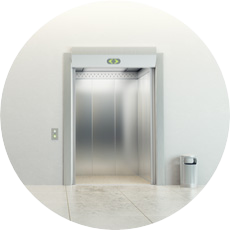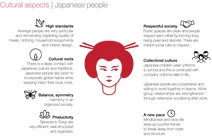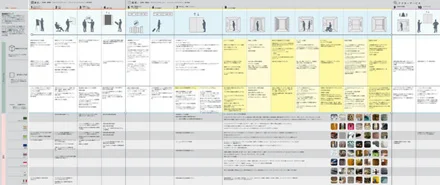A global elevator product strategy
Our challenge was to formulate a global product strategy to design and commercialize the next generation of elevators considering the cultural aspects and local needs of key markets across the globe. For almost two years, our team of four designers and strategists researched the socio-cultural, aesthetic and technological factors affecting the elevator product experience in 9 different countries around the world.
My Role
I was part of the project team formed by 1 business strategist, 2 design researchers (including myself) and 1 product manager. My duties were to help defining the research plan and create the research material for the different parts of the project, synthesize the data gathered in field, uncover key insights and opportunity areas, trace the product strategy guidelines and together with the team prepare the graphic material for the final deliverable.
Approach
The project combined field and secondary research to understand the elevator experience in the following dimesions:
- User-product service system interaction
- Integration with the building design
- Product characteristics (aesthetics, digital and technology)
- Purchase decision making process
During the research, several methods and tools were used to obtain a global picture of the elevator universe:
End-users were interviewed in depth and invited to generative sessions in the different locations to gather a human understanding of the culture within the elevator context, highlighting common patterns in the different countries visited.
More than 90 key buildings were visited to observe the aesthetic preferences, pain points and riding experiences. Shadowing and fictitious user journeys helped sustancially to compare product features from different manufactures and the user interactions inside and outside the cabin.
The team researched the business context transformation and grasped the key trends impacting the elevator industry, not only focusing on vertical transportation but also paying attention to the smart mobility ecosystem and the technology integration.
Eventually, top class architecture firms such Norman Foster and Rui Otake were interviewed to grasp how to enhance the elevator's user experience and discuss their future vision about in-building mobility.
*I skip research details purposefully due to confidentiality terms.
Results
The results of the project were the following:
A global product strategy and a set of design guidelines to implement in the new generation of Mitsubishi elevators.
An opportunity map that captures 100+ improvement initiatives to design an aspirational user-experience and commercialize a truly smart elevator that fits current market needs and future trends.
A 2-day workshop to share the research conclusions bringing Mitsubishi internal stakeholders from the different countries to discuss the implementation of the global strategy and develop a common strategic roadmap.
Opportunity map highlighting the most important product experience touchpoints in the next generation of Mitsubishi elevators.
*blurred intentionally
Lessons learnt
This was a long project with great lessons learnt in every stage of the process. One of the most important lessons was that the alignment of internal stakeholders is vital to ensure a common vision and therefore a successful future implementation. In addition, another learning was that Multicultural research studies must be planned throroughly to address all cultural differences between staff, clients and participants and ensure positive results.





